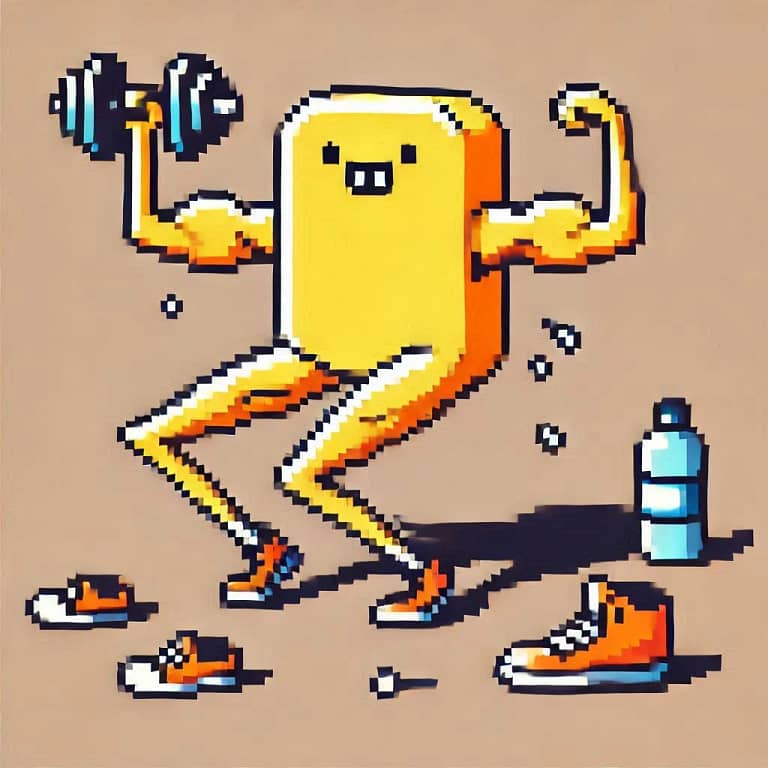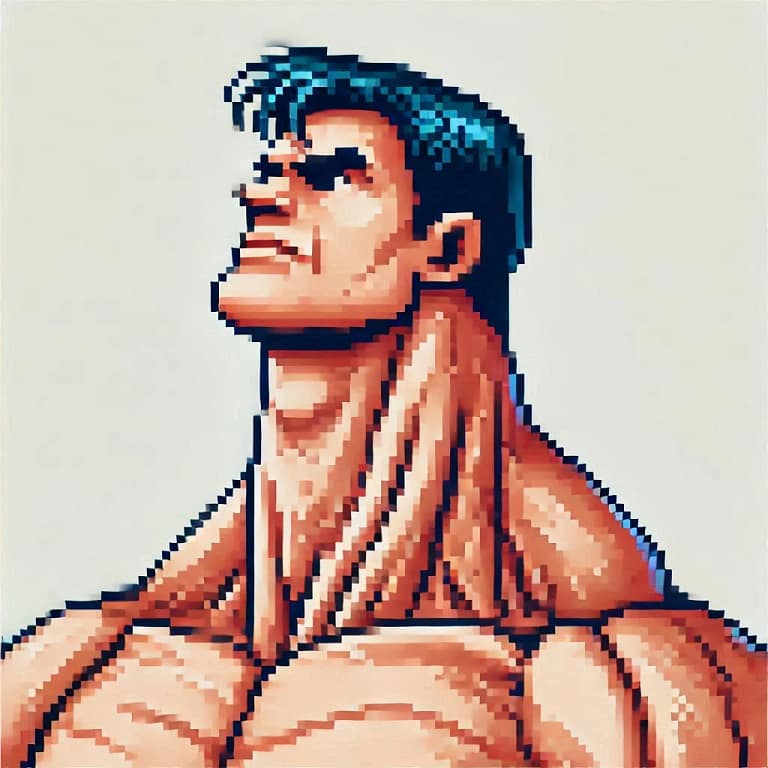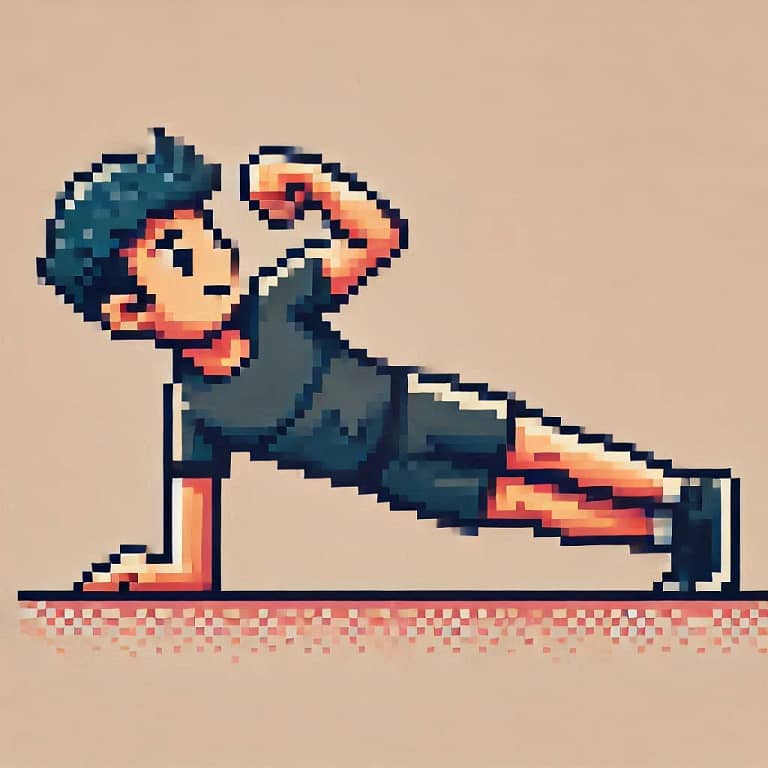The Transverse Abdominis (TVA): The Key to a Stronger Spine and a Slimmer Waist
We’ve all heard the cliches. Abs are made in the kitchen. There is no such thing as spot reduction. You can’t out train a bad diet. While I typically agree with these statements, let me share a success story. I once trained a man in his late 40‘s. He was fairly lean, had decent muscle…
Graston Technique: is it a Gimmick?
The Graston Technique for Chronic Low Back Pain, Shoulder and Ankle Range of Motion There are a number of healing modalities for soft tissue pain and injuries available, from prolotherapy to platelet rich plasma and even biofeedback. But one that has increased in popularity recently is the Graston Technique. The Graston Technique is a form…
Thrust your Way to a Bigger Butt
Get a Glute Shelf with the Barbell Hip Thrust The barbell hip thrust is one of the most effective exercises for targeting the glutes for muscle hypertrophy. It has gained significant popularity recently in the fitness world, particularly among those who are trying to build juicy butts. The exercise involves placing a weighted barbell across…
3 Keys to a Pain Free Neck
How to implement key elements to ensure your neck stays safe and strong! If you are experiencing chronic headaches or neck pain, it is a good idea to consult a physician. Neck pain is a common complaint that affects people of all ages and lifestyles. It has been quite a while for me since I…
The McGill Big 3
3 simple exercises can help improve your lower back pain Lower back pain is one of the most common ailments people face. In fact, around 90 percent of Americans have chronic, non specific lower back pain. Dr. Stuart McGill, a renowned expert in lower back biomechanics and pain management, developed a series of 3 exercises…
Knee Valgus During the Squat: Dangerous to the ACL, or Conducive to Glute Activation?
Knee Valgus, also known as knees “caving inward” during a squat, is a common fault among athletes and gym-goers that risks the health of the knees. This movement fault is commonly thought to be the result of poor glute involvement and tight inner thigh muscles. It has long been thought that his movement “fault” must…




